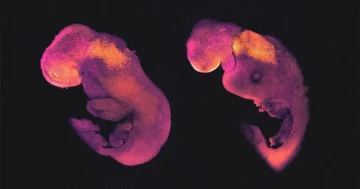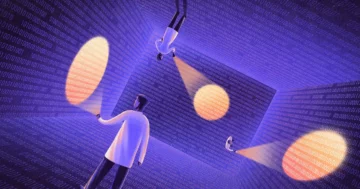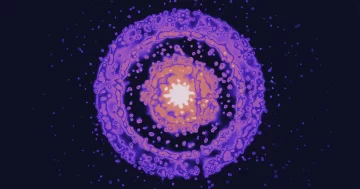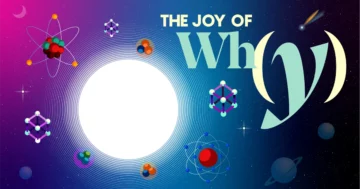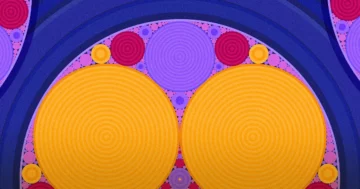Carolyn Bertozzi, Morten Meldal and K. Barry Sharpless have been awarded the 2022 Nobel Prize in Chemistry for the development of click chemistry and biorthogonal chemistry. Click chemistry revolutionized the options available to chemists for creating the molecules they desired. Bioorthogonal chemistry made it possible to monitor the chemical processes going on inside living cells without harming them.
“It’s all about snapping molecules together,” Johan Aqvist, the chair of the Nobel Committee for Chemistry, said during the announcement. Imagine, he told the audience, that you could attach small chemical buckles to a bunch of different types of molecular building blocks and then link these buckles together to produce complex molecules. That idea, put forth by Barry Sharpless of Scripps Research about 20 years ago, later became reality when he and Morten Meldal of the University of Copenhagen independently found the first perfect candidates for the job. Their buckles easily snapped together and wouldn’t link onto anything they shouldn’t.
Then in 2003, Carolyn Bertozzi of Stanford University put forth the idea of using click chemistry in biological systems without interfering with the system itself. The first time that Bertozzi used the term “bioorthogonal” was in a paper she published in 2003. Since then, bioorthogonal chemistry, meaning any chemical reaction that doesn’t interfere with or interact with a living system, became a widely-adapted term in the field.
The ability to perform complex reactions in living systems without interfering with natural biological reactions made it possible to study diseases inside cells or even inside complex organisms such as zebrafish rather than in laboratory dishes. It has already helped scientists understand an important protein processing reaction called glycosylation, helped to develop molecular imaging molecules that could detect disease in living organisms and opened up the possibility of selectively delivering drugs to particular tissues in the body.
These findings have “led to a revolution in how chemists think about linking molecules together and how to do it in living cells,” Aqvist said.
This article will be updated with additional details throughout the day.
Articles on the Nobel Prizes in Chemistry from previous years:
2021: Chemistry Nobel Prize Honors Technique for Building Molecules
2020: Nobel Chemistry Prize Awarded for CRISPR ‘Genetic Scissors’
2019: Nobel Awarded for Lithium-Ion Batteries and Portable Power
2018: Three Biochemists Win Chemistry Nobel for Directing Evolution
2017: Supercool Protein Imaging Gets the Nobel Prize and The Overlooked Link Between Two of This Year’s Nobel Prizes


